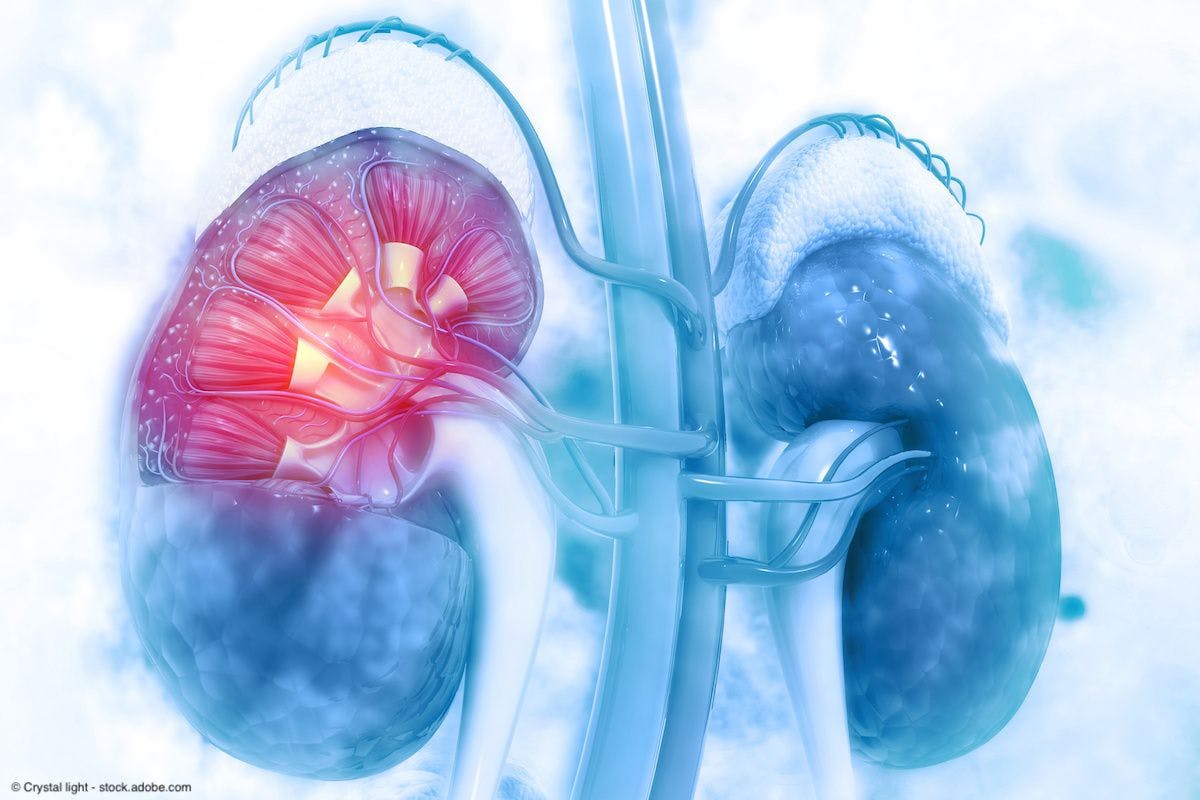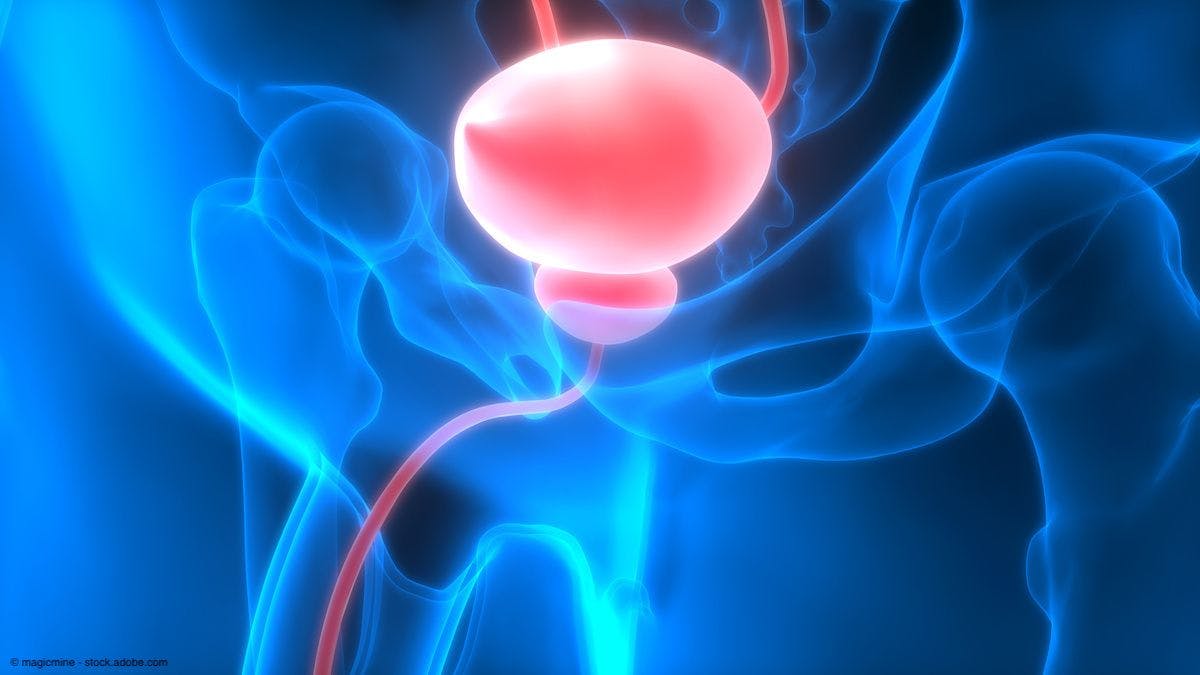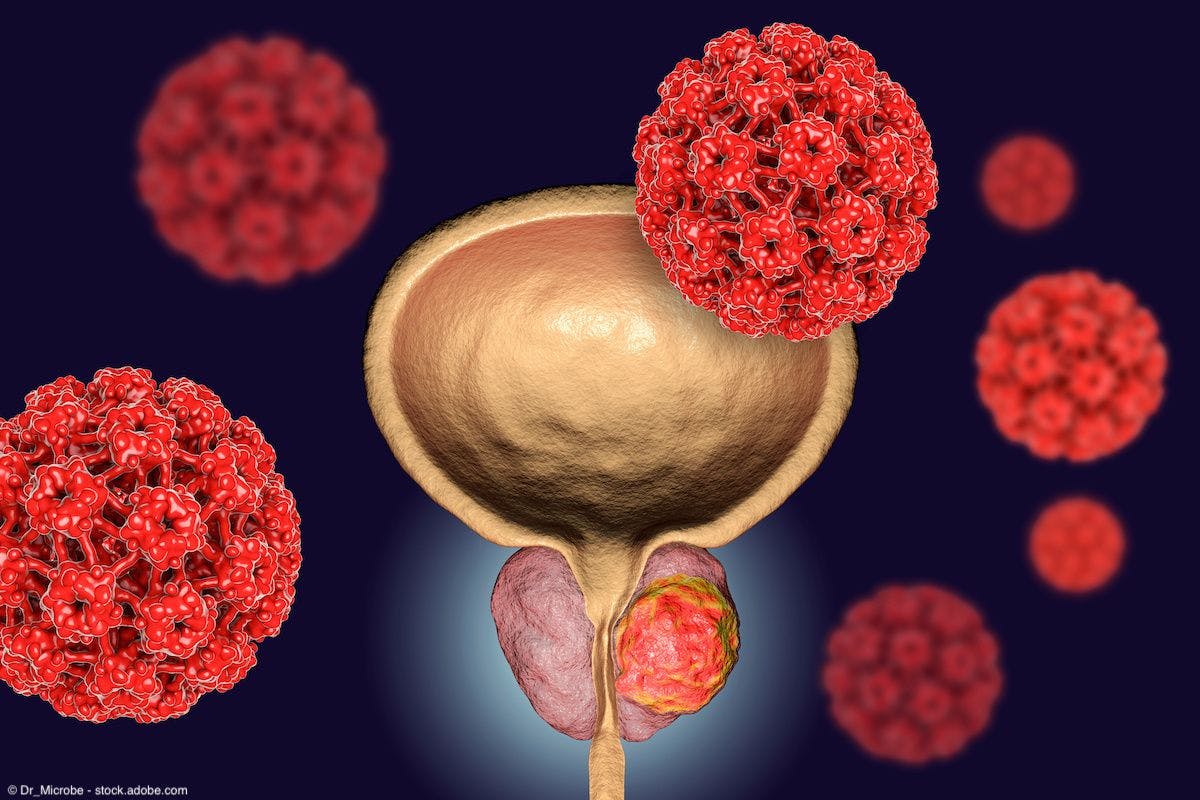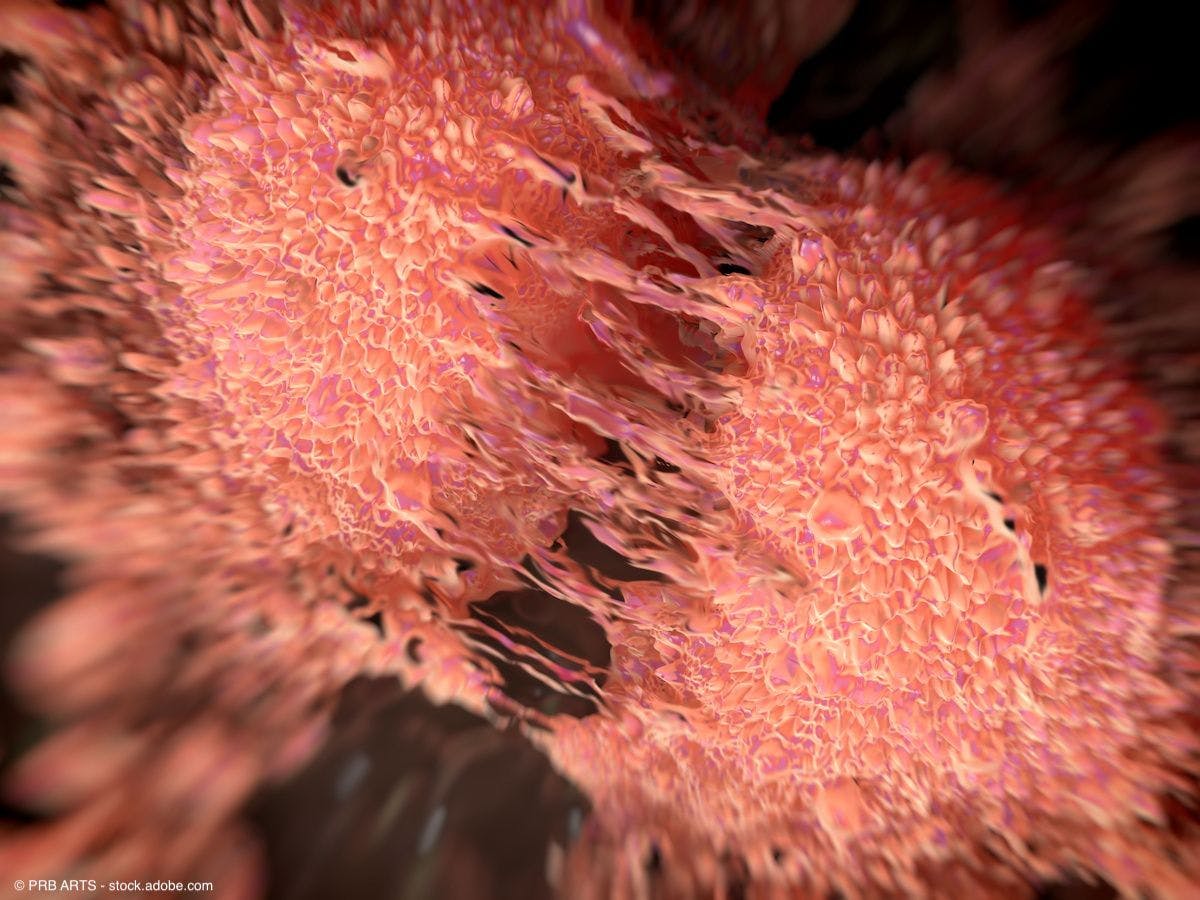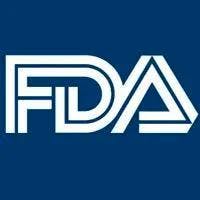News
Article
Urology Times Journal
Nadofaragene firadenovec shows durable efficacy in NMIBC
Author(s):
"In this follow-up analysis of the phase 3 study, we demonstrated a sustained response to Adstiladrin treatment over 3 years, allowing more than half of the patients in the study to remain cystectomy free for at least 36 months,” says Colin P.N. Dinney, MD.
Nadofaragene firadenovec-vncg (Adstiladrin) demonstrated durable efficacy and long-term safety at 3-year follow-up among 2 cohorts of patients with high-risk, BCG-unresponsive non–muscle-invasive bladder cancer (NMIBC), according to data from a phase 3 trial (NCT02773849) presented at the 39th Annual European Association of Urology (EAU) Congress in Paris, France.1
The median duration of CR was about 10 months in both cohorts.

Data from the first cohort of patients with high-risk BCG-unresponsive NMIBC with carcinoma in situ (CIS) with or without papillary tumors (±Ta/T1) were presented at the 2023 Society of Urologic Oncology Annual Meeting in December.2 The findings presented at the EAU Congress included data on the second cohort of patients with high-grade Ta/T1 papillary disease (PD) without CIS.
“While radical cystectomy provides excellent cancer control for NMIBC patients who no longer respond to standard therapy, most are elderly with significant comorbidities or are unwilling to undergo a life-altering procedure. Intravesical gene therapy represents an important innovative treatment option for these patients. In this follow-up analysis of the phase 3 study, we demonstrated a sustained response to Adstiladrin treatment over 3 years, allowing more than half of the patients in the study to remain cystectomy free for at least 36 months,” said principal investigator Colin P.N. Dinney, MD, in a news release on the findings.3 Dinney is the chairman of the department of urology in the division of surgery at the University of Texas MD Anderson Cancer Center in Houston.
In the CIS cohort, data showed that 25.5% of patients who achieved a complete response (CR) at 3 months (53%) remained high-grade recurrence free at 36-month follow-up. In the PD cohort, nearly 31% of patients who achieved a CR at 3 months (73%) remained high-grade recurrence free at 3-year follow-up.
The median duration of CR was about 10 months in both cohorts. Per Kaplan-Meier estimate, the probability of reaching at least a 36-month duration of CR was 34.2%. The estimated median duration of high-grade recurrence-free survival was 6 months in the CIS cohort and about 12 months in the PD cohort. The estimated cystectomy-free survival at 3 years was nearly 54% in the CIS cohort and nearly 64% in the PD cohort. The 3-year overall survival was 90% in the CIS cohort and 91% in the PD cohort.
Overall, treatment with nadofaragene firadenovec was well-tolerated among patients in both cohorts, and the safety profile was consistent with previous analyses. At 3-year follow-up, 3 patients had discontinued treatment due to an adverse event (AE), of whom 2 were in the CIS cohort and 1 in the PD cohort. No AEs leading to discontinuation were considered serious.
In total, the trial included 157 patients with BCG-unresponsive NMIBC who received 75 mL of nadofaragene firadenovec (3 × 1011 viral particles/mL) via intravesical instillation once every 3 months for up to 12 months (4 doses) until signs of toxicity or NMIBC recurrence. Among the 157 patients included in the study, 107 had CIS with or without Ta/T1 disease, and 50 patients had high-grade Ta/T1 disease without CIS. The efficacy analysis included 103 and 48 patients in each cohort, respectively.
Patients who remained high-grade recurrence-free at 12-month follow-up were permitted to continue treatment with nadofaragene every 3 months. At 3 years, 12.1% of patients in the CIS cohort and 20.0% of patients in the PD cohort received nadofaragene.
The trial remains ongoing, as the follow-up analysis is continuing with 5 years of treatment and monitoring.
Nadofaragene firadenovec received FDA approval in December 2022 for the treatment of patients with high-risk BCG-unresponsive NMIBC with CIS with/without papillary tumors (± Ta/T1).4
References
1. Boorjian SA, Narayan VM, Konety BR, et al. Efficacy of intravesical nadofaragene firadenovec-vncg for patients with Bacillus Calmette-Guérin-unresponsive non-muscle-invasive bladder cancer: 36-month follow-up from a phase 3 trial. Presented at the 39th Annual European Association of Urology Congress. Paris, France. April 5-8, 2024. Abstract A0583
2. Boorjian SA, Narayan VM, Konety BR, et al. Efficacy of intravesical nadofaragene firadenovec-vncg for patients with Bacillus Calmette-Guérin-unresponsive carcinoma In situ of the bladder: 36-month follow-up from a phase 3 trial. Presented at: 2023 Society of Urologic Oncology November Annual Meeting. 28 – December 1, 2023; Washington, DC. Abstract 164
3. Three-year follow-up data in BCG-unresponsive NMIBC show durable response to treatment with ADSTILADRIN (nadofaragene firadenovec-vncg) in two patient cohorts. News release. Ferring Pharmaceuticals. Published online and accessed April 8, 2024. https://ferringusa.com/?press=three-year-follow-up-data-in-bcg-unresponsive-nmibc-show-durable-response-to-treatment-with-adstiladrin-nadofaragene-firadenovec-vncg-in-two-patient-cohorts
4. FDA approves first gene therapy for the treatment of high-risk, non-muscle-invasive bladder cancer. News release. FDA. December 16, 2022. Accessed April 8, 2024. https://www.fda.gov/news-events/press-announcements/fda-approves-first-gene-therapy-treatment-high-risk-non-muscle-invasive-bladder-cancer





